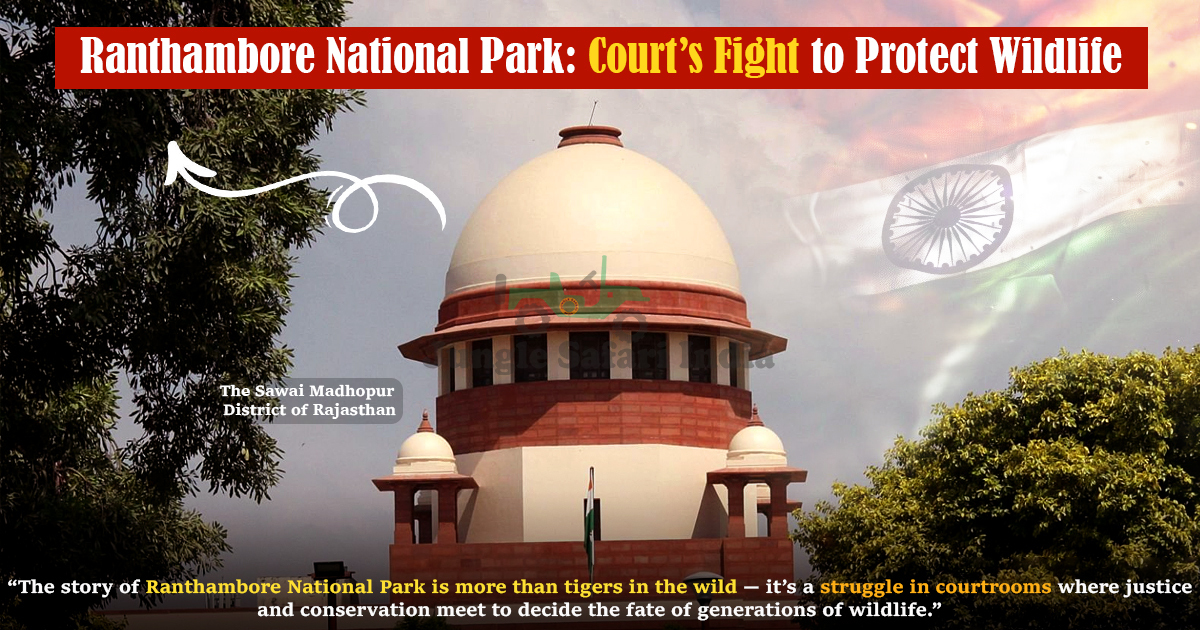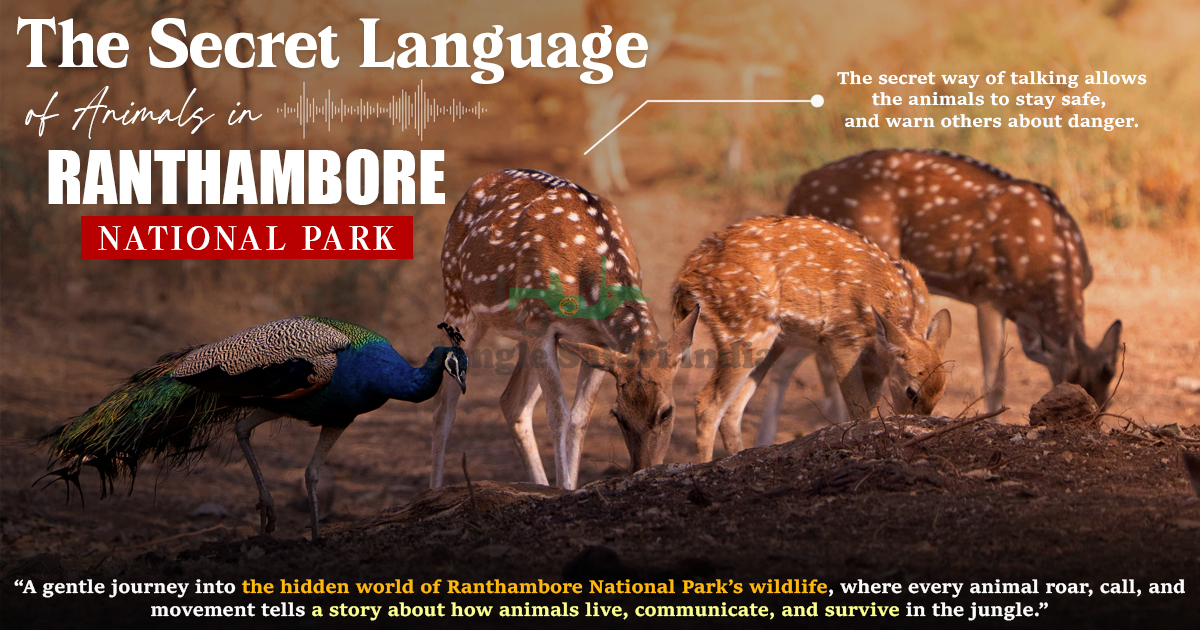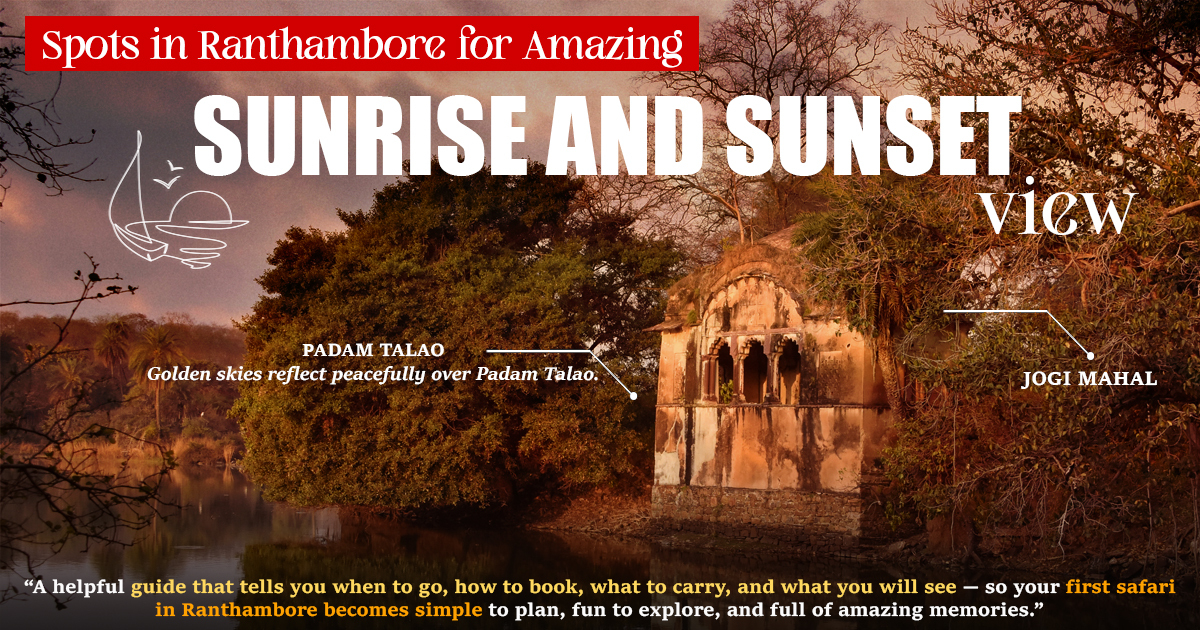Ranthambore National Park, situated in the Sawai Madhopur District of Rajasthan, is best known for its Royal Bengal Tigers and a range of wildlife, including leopards and crocodiles. It is an important site for conservation. The park is under threat from development projects, such as roads and hotels, which can contribute to reducing the park boundaries, limiting the area for animals.
The courts have often acted to preserve the boundaries of the park. While tourists may enjoy wildlife through Ranthambore safari booking, if it continues to lose land, it will likely have negative impacts on wildlife species and tourism.
Background Of The Issue
Natural areas and sanctuaries in Rajasthan, like Ranthambore, Jawai, and Nahargarh, play an important role in protecting biodiversity. They provide a safe place for many species of animals and birds. Ranthambore National Park is especially important because it is one of the best habitats for tigers in India. Tigers need large areas of forest to survive, hunt, and reproduce. Apart from tigers, the park is also home to leopards, hyenas, jackals, deer, monkeys, crocodiles, and many migratory birds.
But in recent years, the government of Rajasthan has suggested changes to the boundaries of several sanctuaries, including Ranthambore, Sariska, and Nahargarh. These changes are often described as “scientific mapping” using satellite images. However, many conservationists believe that the real purpose is to remove forest land from the protected category and open it up for hotels, mining, or other development projects.
This shows a conflict between two interests. On one side is the need to protect forests and wildlife. On the other side is the plan to build highways, dams, and commercial projects. In many cases, businesses and private groups benefit from these changes. The negative impact is felt by the animals, the forests, and even local communities that depend on natural resources.
Tourism in areas like Ranthambore depends on healthy wildlife populations. Ranthambore safari bookings will increase only when visitors have a good chance of seeing tigers and other wild animals. If the natural habitat is damaged, it will harm both wildlife and tourism.
Court Interventions
Ranthambore National Park Bridge Plan
One of the most serious threats to Ranthambore National Park was a plan to build a bridge through the park. The bridge was part of the Sawai Madhopur-Sheopur road project. If built, the bridge would have cut through the main tiger habitat. This would have divided the forest into two parts and disturbed the movement of tigers and other animals.
The National Board for Wildlife (NBWL), which is a central body, rejected this proposal two times. They said very clearly that the project would harm tiger conservation. However, the Rajasthan government sent the same project again without even mentioning the earlier rejections. The NBWL called this approach dishonest and unacceptable.
The courts also supported this view. They criticized the government for hiding information and for not respecting the rules of wildlife protection. The judiciary made it clear that projects inside the core area of Ranthambore National Park cannot be approved if they damage tiger habitat.
Nahargarh Wildlife Sanctuary
In July 2025, the Forest Department of Rajasthan released a new map of the Nahargarh Wildlife Sanctuary. The new map was made with GIS and satellite tools, but it left out several areas that were included in older notifications from 1980 and 2019. These missing areas were important because they acted as natural barriers against the growth of Jaipur city.
A Public Interest Litigation (PIL) was filed against this change. The petition argued that the government wanted to regularize illegal constructions and allow luxury hotels near the sanctuary. These hotels were already facing complaints for breaking eco-sensitive zone rules.
The Rajasthan High Court immediately stopped the new boundary notification. It asked the Forest Department and the Union Government to explain whether approval had been taken from the NBWL and other required authorities. The court strongly criticized the government for trying to reduce the size of protected areas without a proper process.
Illegal Mining at Ranthambore
Another big problem near Ranthambore National Park is illegal mining. Mining activity has been reported near Uliana village, which is very close to the park boundary. In September 2025, the Central Empowered Committee (CEC) of the Supreme Court gave a report that included satellite images. These images showed the movement of trucks, disturbed forest land, and active mining operations.
The Supreme Court took this issue very seriously. It said the situation was “urgent and very serious.” The court ordered the Rajasthan government to stop all mining activity in that region. If not, the government could face contempt of court. The CEC also said that local politicians supported illegal mining and threatened forest officials when the officials tried to stop the illegal work.
Major Development Projects At Risk
The Doongri Dam Proposal
The Doongri Dam is a proposed project under the Eastern Rajasthan Canal Project (ERCP) on the Banas River. If built, it would flood 227 square kilometers of land, including parts of Ranthambore National Park and Kailadevi Sanctuary.
This would destroy a key tiger corridor, which is vital for tiger movement, breeding, and genetic diversity. In addition to harming wildlife, the dam would displace 76 villages and thousands of people. While the government claims it will provide water, experts argue that the permanent damage to forests and tiger corridors cannot be justified as effective water management.
Sariska Tiger Reserve Boundary Changes
In the Sariska Tiger Reserve, there was a proposal to change its boundaries. The plan suggested removing 48.5 square kilometers from the south and southwest while adding 91 square kilometers in the north. The reserve seemed to gain land, but experts said the new land had less ecological value than the land the reserve lost.
Conservationists believed the change aimed to reopen closed mining areas. The Supreme Court said that boundary changes must follow laws and consult local people before making any final decision. The court also criticized the approval process by government bodies.
Court’s Role In Protecting Wildlife
The courts play a key role in protecting wildlife around Ranthambore National Park. Many government departments have supported harmful development projects, but the judiciary steps in to stop them. Courts ensure no project can proceed without legal approval and encourage public involvement in decisions.
These legal actions help protect wildlife, including Ranthambore’s tigers. If the courts didn’t act, both wildlife and tourism, including Ranthambore safari booking, would be in danger. The courts show that conservation is about respecting laws and protecting nature.





